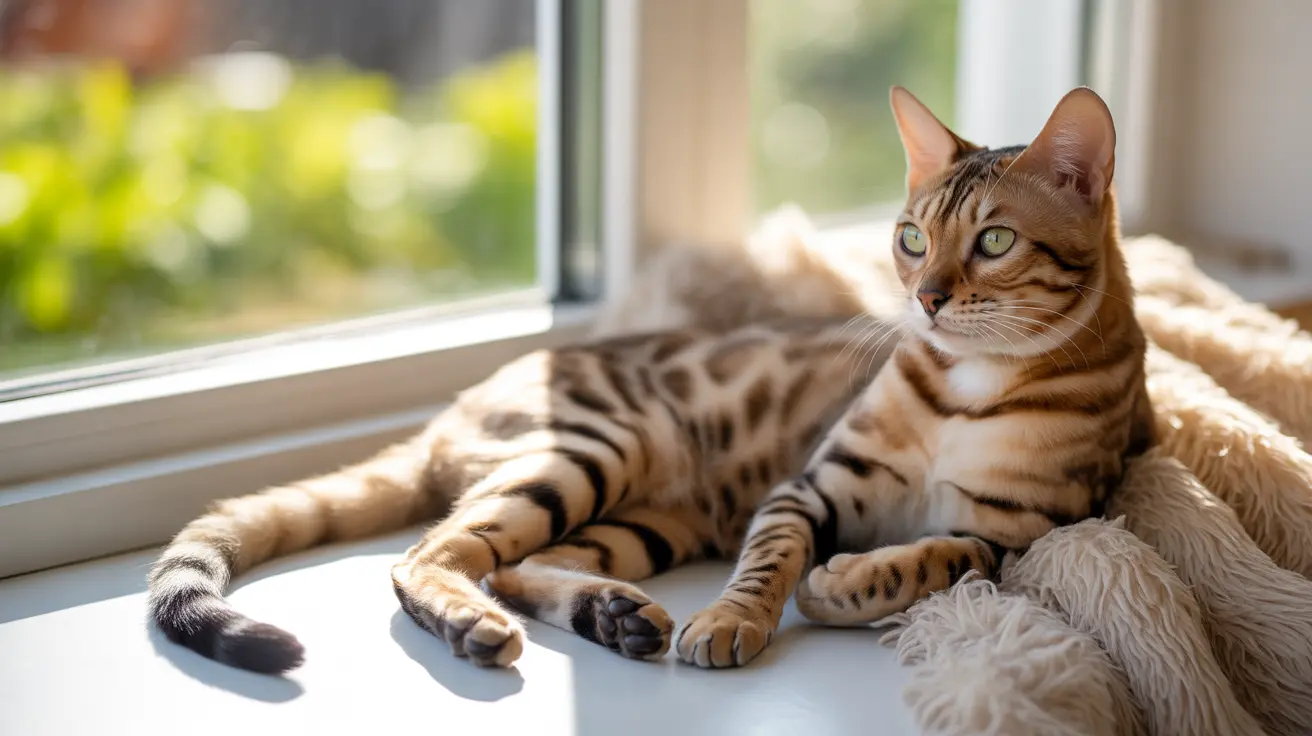Understanding Bloat and the Breeds Most at Risk
Bloat, clinically known as
Gastric Dilatation and Volvulus (GDV), is a serious and potentially fatal condition that primarily affects large, deep-chested dog breeds. The condition involves the stomach filling with gas and expanding, which may then twist on itself, severely compromising blood flow and leading to shock or death. Among all dog breeds,
Great Danes are the most susceptible to bloat, though other breeds share considerable risk.
Why Great Danes Face the Highest Risk
Research and veterinary consensus strongly indicate that
Great Danes are more prone to GDV than any other breed. They are reported to be up to 30 times more likely to die from bloat if they do not undergo preventative surgery, as opposed to dogs that do.
Other Breeds Commonly Affected
- Saint Bernards
- Irish Setters
- German Shepherds
- Standard Poodles
- Weimaraners
These breeds share similar anatomical features such as a deep chest cavity, creating a more favorable environment for the stomach to twist and trap gases and fluids.
Key Risk Factors for Bloat
Beyond genetic predisposition, several additional risk factors contribute to the development of GDV:
- Eating rapidly
- Consuming one large meal per day
- Advanced age
- A family history of GDV
- Stress or anxiety
- Prior removal of the spleen (splenectomy)
Preventative Measures: The Gastropexy Procedure
To mitigate the risk of life-threatening volvulus, veterinarians often recommend
preventative gastropexy for breeds at high risk for GDV. This surgical procedure attaches the stomach to the abdominal wall, thereby preventing it from twisting. There are several forms of gastropexy surgery:
- Incisional Gastropexy – the most common and straightforward technique.
- Belt-Loop Gastropexy – involves creating a loop of stomach tissue through the abdominal wall.
- Circumcostal Gastropexy – less common, it attaches the stomach behind the last rib.
- Laparoscopic-Assisted Gastropexy – a minimally invasive option with smaller incisions and quicker recovery.
Surgery Timing and Recovery
Elective gastropexy is often performed at the time of spaying or neutering or once a dog reaches adult size, typically between
6–12 months. Postoperative recovery is generally smooth; most dogs return to full activity within 2–6 weeks. Owners are advised to:
- Limit physical activity for 7–14 days
- Keep the surgical site clean and dry
- Use a recovery cone to prevent interference with the incision
- Offer small, frequent meals during the initial recovery stage
Effectiveness and Prognosis
While
gastropexy does not prevent stomach dilation, it significantly lowers the chance of volvulus—thus reducing the risk of fatal outcomes. Dogs that undergo preventative gastropexy have a
less than 5% recurrence rate, compared to up to 80% in dogs not receiving the procedure after a GDV episode.
Alternative Preventative Strategies
Though not foolproof, some risk-reduction strategies include:
- Feeding multiple small meals a day
- Using slow-feed bowls
- Feeding meals at ground level
- Minimizing stress and anxiety
However, these methods offer limited protection against volvulus, and
gastropexy remains the most reliable preventative.
Conclusion
If you own a Great Dane or another deep-chested breed, consider the profound risks of bloat and consult your veterinarian about gastropexy. This proactive measure could save your dog’s life and offer peace of mind for years to come.





